Canada’s retail landscape has always been unpredictable. From flashy department stores to massive discount chains, even the strongest names eventually found themselves out of business. Shifting consumer habits, online shopping, global competition, and poor management decisions all played their part. Over the decades, some of the country’s most beloved retail giants disappeared entirely, leaving behind empty malls and nostalgic shoppers. Here are 19 Canadian retail giants that vanished from the map.
Eaton’s

Founded in 1869, Eaton’s was once the gold standard of Canadian retail. Its catalogs reached every corner of the country, and its department stores defined luxury. However, as discount competitors and shifting consumer expectations rose, Eaton’s failed to modernize. Its decision to eliminate big holiday promotions backfired, alienating loyal customers. By 1999, after more than a century in business, Eaton’s filed for bankruptcy. Hudson’s Bay Company briefly tried to revive the brand, but it was too late.
Woodward’s
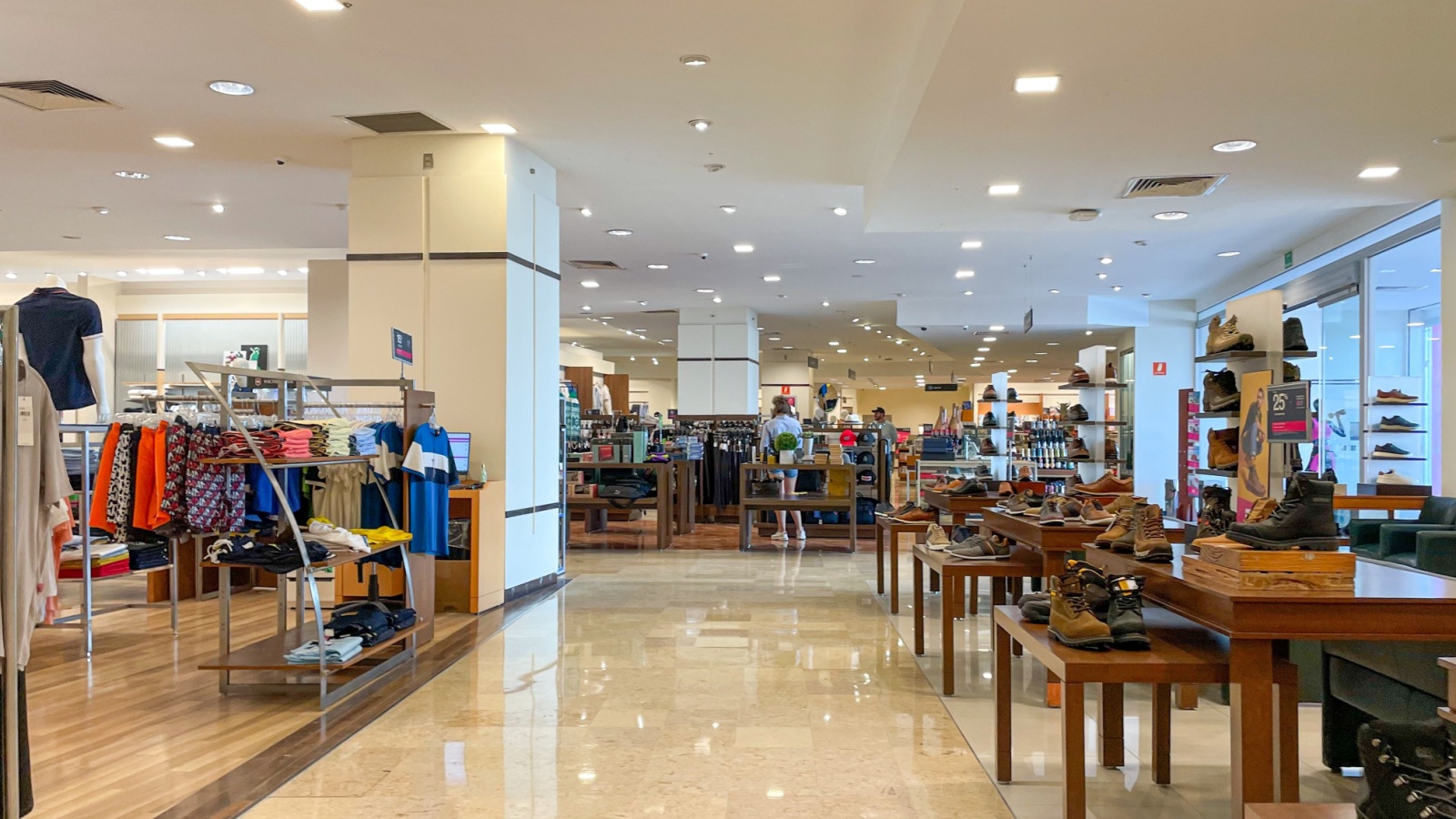
Established in 1892, Woodward’s was a beloved Western Canadian department store chain known for its “$1.49 Day” sales. For decades, it was a staple in British Columbia and Alberta. Yet by the 1990s, changing shopping habits and fierce competition eroded its profits. The rise of suburban malls and big-box retailers left Woodward’s struggling to keep customers. In 1993, it declared bankruptcy and was purchased by Hudson’s Bay, which converted many stores. Its famous flagship in Vancouver was later transformed into a mixed-use development, marking the official end of one of Western Canada’s retail icons.
Metropolitan Stores

Metropolitan began in 1908 as a small five-and-dime and grew to nearly 200 locations nationwide. It catered to families with affordable clothing, housewares, and toys, but by the 1990s, it faced increasing competition from discount chains like Walmart. Its traditional layout and lack of modernization made it feel outdated compared to newer rivals. As shopping habits shifted, the company couldn’t adapt fast enough. It filed for bankruptcy in 1997, ending a long chapter in Canada’s department store history. The fall of Metropolitan highlighted how general merchandise chains struggled against the rise of specialized retailers.
SAAN Stores

Launched in 1947, SAAN (Surplus Army Air Force Navy) evolved from military surplus sales into one of Canada’s most recognizable discount chains. Its stores are dotted in small and mid-sized towns, selling clothing, tools, and household goods. By the early 2000s, SAAN faced shrinking margins and outdated locations. Big-box stores with wider selections and modern designs quickly overtook their market. After a final attempt to restructure failed, all 126 remaining SAAN stores closed in 2008. The brand’s disappearance marked the end of an era for smaller-town retail and loyal shoppers who once relied on its modest affordability.
Adventure Electronics

Founded in 1989, Adventure Electronics quickly became Quebec’s answer to Future Shop. Its aggressive expansion led to over 140 stores across the province and Ontario. Despite strong early growth, the company overextended financially and couldn’t keep up with rapid industry changes. By the late 1990s, competition from bigger players and thin profit margins pushed it into insolvency. In 1998, the company filed for bankruptcy, closing every location. For a brief moment, it looked like a national success story, but rapid expansion without sustainable profit ultimately proved fatal.
A&B Sound

A&B Sound opened in 1959 in Vancouver and became a household name in home electronics and music retail. The company thrived for decades, attracting loyal customers with competitive pricing and wide product variety. However, the 2000s brought new challenges, digital music, online retail, and giant competitors. As sales dropped, A&B Sound filed for bankruptcy protection in 2005, eventually closing all stores by 2008. For many British Columbians, it wasn’t just a retailer but a part of their music discovery experience. Its closure represented the fading of traditional brick-and-mortar audio retailers in the digital age.
Zellers
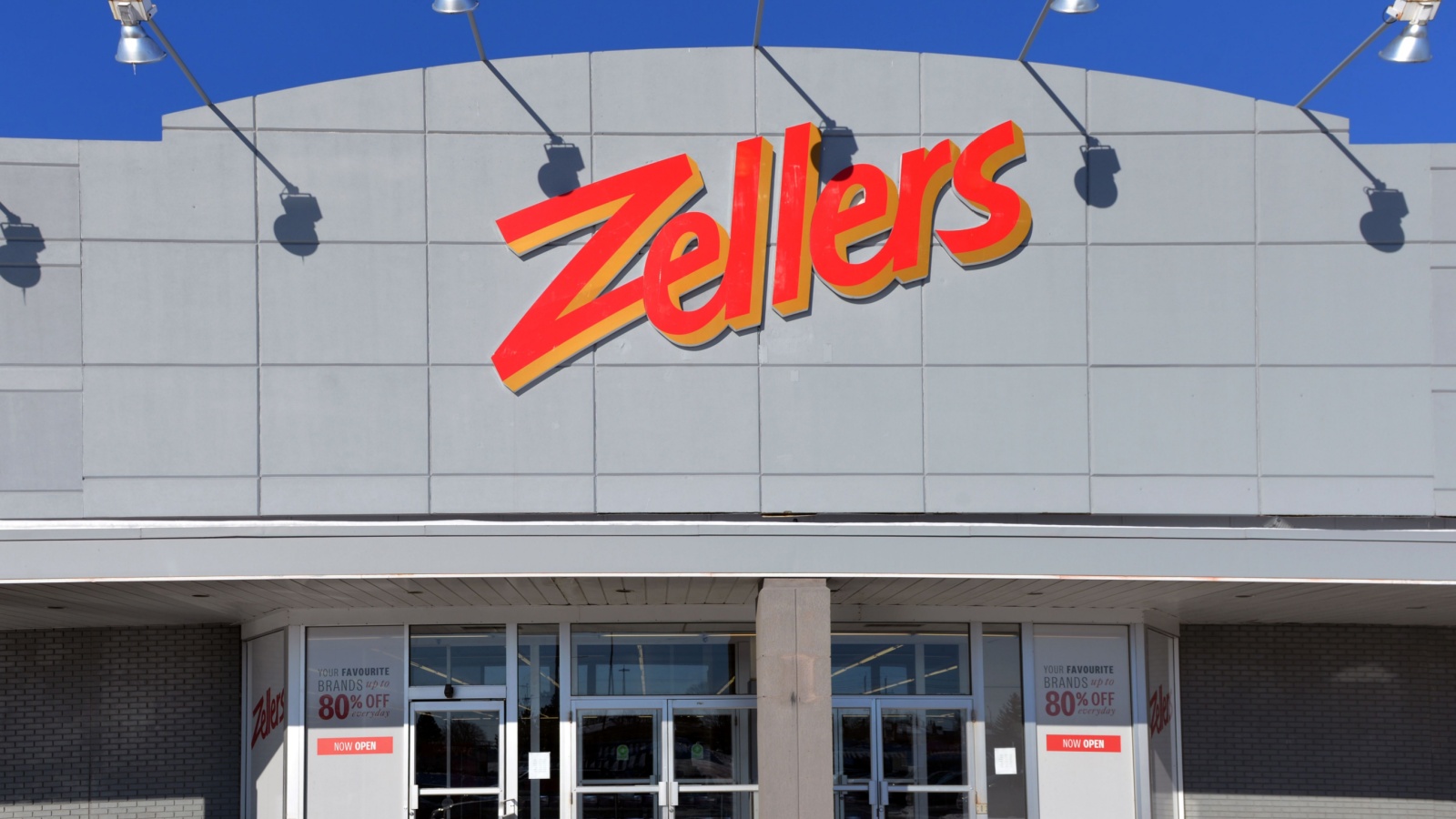
Founded in 1931, Zellers became one of Canada’s largest discount department store chains, peaking with more than 350 locations. Its friendly mascot, “Zeddy,” and affordable merchandise made it a household name. Yet competition from Walmart and Target eroded its relevance. When Hudson’s Bay sold most Zellers leases to Target in 2011, the brand effectively disappeared by 2013. Though a small revival attempt came in 2023, the nostalgia couldn’t resurrect its old charm. Zellers’ downfall reflected the harsh reality of Canada’s shifting retail landscape, where loyalty wasn’t enough to compete with global giants.
Petcetera

Established in 1997 in British Columbia, Petcetera aimed to become the go-to destination for pet owners. It expanded rapidly across provinces, offering grooming, supplies, and adoption services. However, rapid growth created financial strain, and the 2008 recession hit hard. Larger competitors like PetSmart dominated the market with stronger supply chains. Petcetera filed for bankruptcy in 2009 and attempted a comeback, but finally shut down in 2014. The company’s fall showed how niche retailers struggled to balance expansion with profitability in Canada’s tightening retail environment.
Hudson’s Bay (Department Store Division)
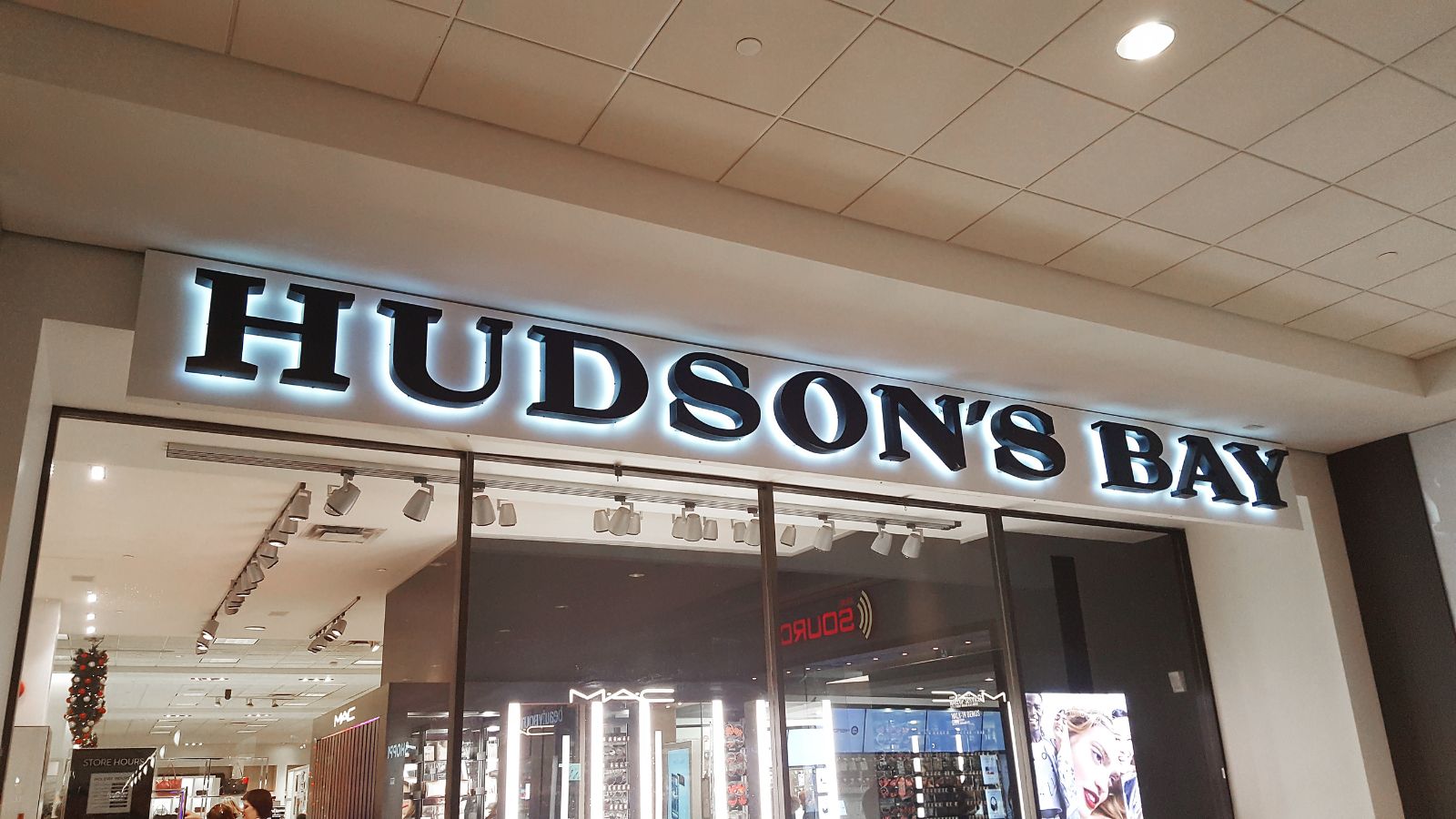
Once a cornerstone of Canadian retail heritage, Hudson’s Bay’s modern department-store business struggled to stay relevant. Despite its historic legacy, the company failed to attract younger shoppers or compete with e-commerce. Mounting debts, declining foot traffic, and outdated in-store experiences worsened its condition. By 2025, the company entered creditor protection, announcing the liquidation of its department-store division. The closure marked an emotional end to centuries of retail history. Though the brand survives in limited online forms, the physical Bay stores that defined Canadian downtowns for generations are now part of history.
Frank and Oak
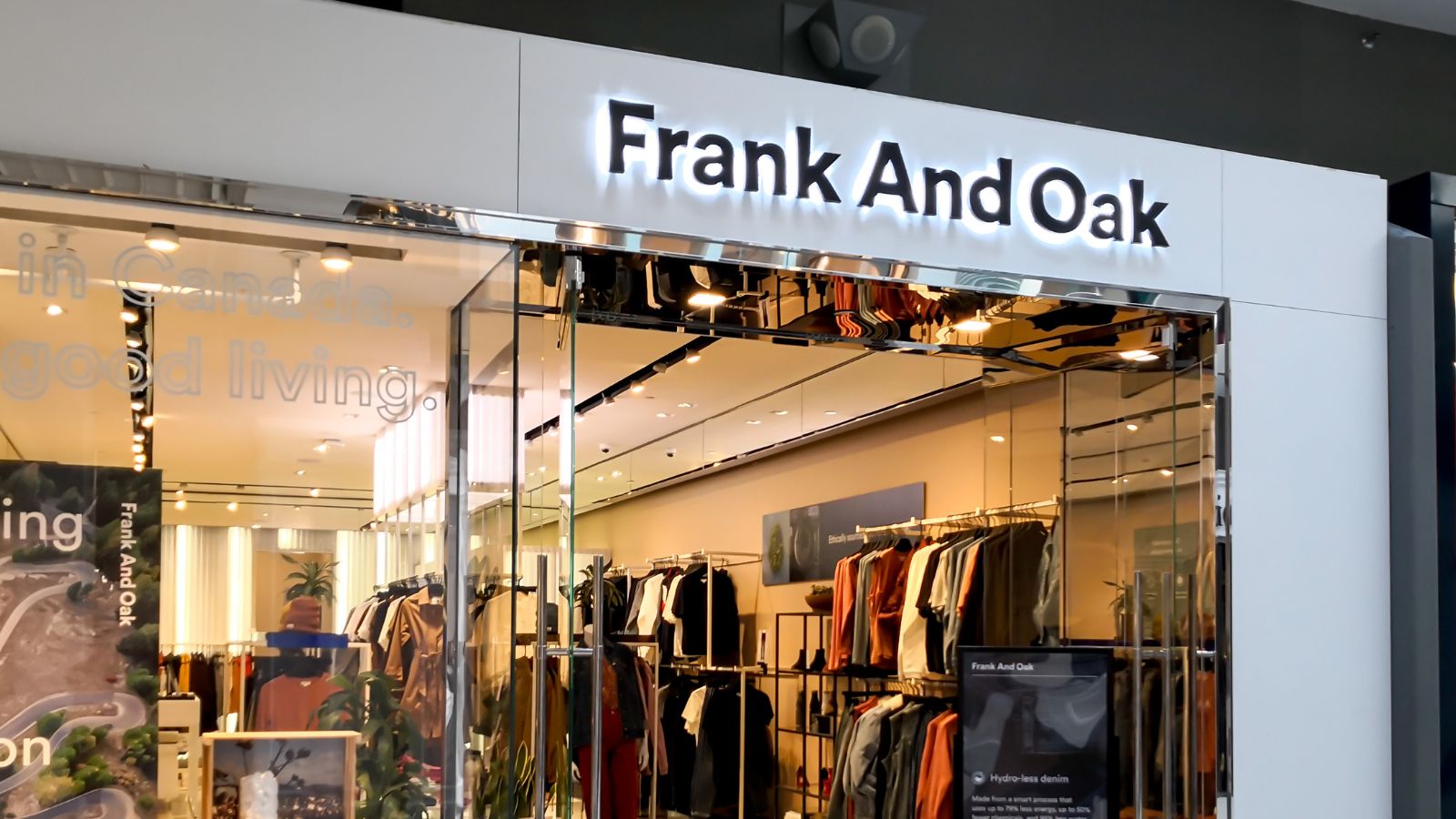
Montreal-based Frank and Oak launched in 2012 as a sustainable fashion brand aimed at millennials. Known for its minimalist designs and eco-conscious image, it expanded from online sales to physical boutiques across Canada. However, expensive leases and weak retail sales hurt profits. By 2024, facing nearly $70 million in debt, the company filed for creditor protection and closed all stores. While it continues to sell online, the closures underline how even modern, ethically driven retailers can stumble when scaling too fast in a volatile retail environment.
Home Outfitters

Home Outfitters, founded by Hudson’s Bay in 1999, catered to customers seeking bedding, kitchenware, and home décor. Positioned between discount and luxury, it struggled to differentiate itself as online shopping grew. By 2019, after years of declining sales, Hudson’s Bay announced the closure of all 37 stores. The brand’s disappearance wasn’t just about poor sales but market saturation in the home-goods sector. Home Outfitters’ end reflected how traditional retail models couldn’t survive against e-commerce convenience and shifting consumer habits toward minimalist, digital-first shopping experiences.
Carlton Cards
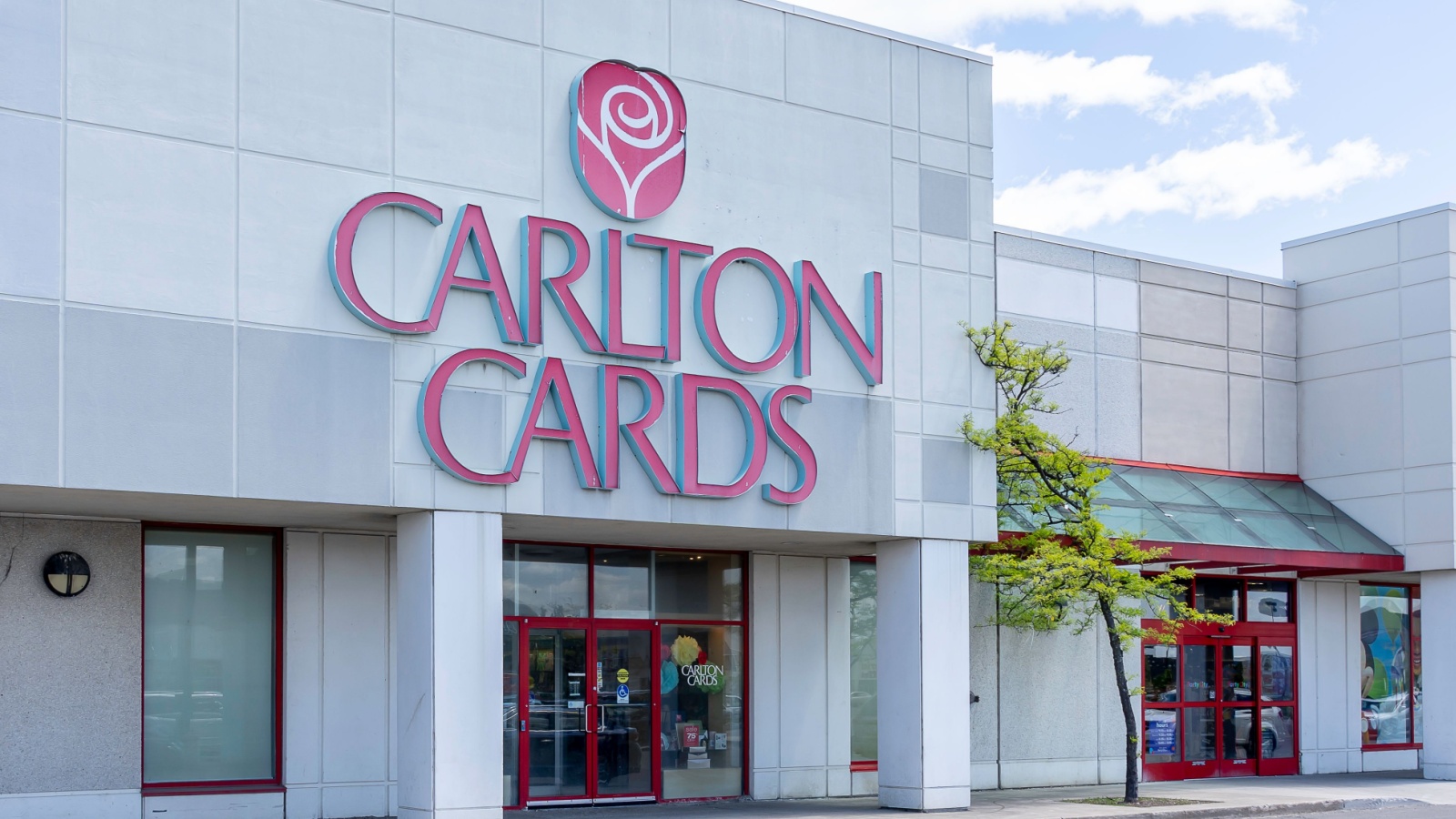
Carlton Cards, along with its upscale sister brand Papyrus, specialized in greeting cards and small gifts. Once a mall staple, the chain suffered as customers moved toward digital communication and personalized online gifting. By early 2020, declining foot traffic and rising rents forced it to close all its Canadian stores. Its exit left a nostalgic gap for shoppers who valued handwritten sentiment over instant messaging. Carlton’s fall showed how technological and cultural changes, not just competition, could erase even long-standing emotional brands from the marketplace.
Bed Bath & Beyond Canada

The home retail giant expanded into Canada in 2007 and quickly gained recognition for its extensive product selection. Yet as e-commerce boomed, the brand struggled to justify its in-store model. Over time, operational costs grew, and supply chain disruptions worsened profitability. In 2023, the company announced the closure of all Canadian locations, including buybuy BABY stores. For many customers, it was a reminder that even massive U.S. imports aren’t immune to the uniquely challenging economics of Canadian retail. Its closure ended a short but impactful presence in the country.
Nordstrom Canada
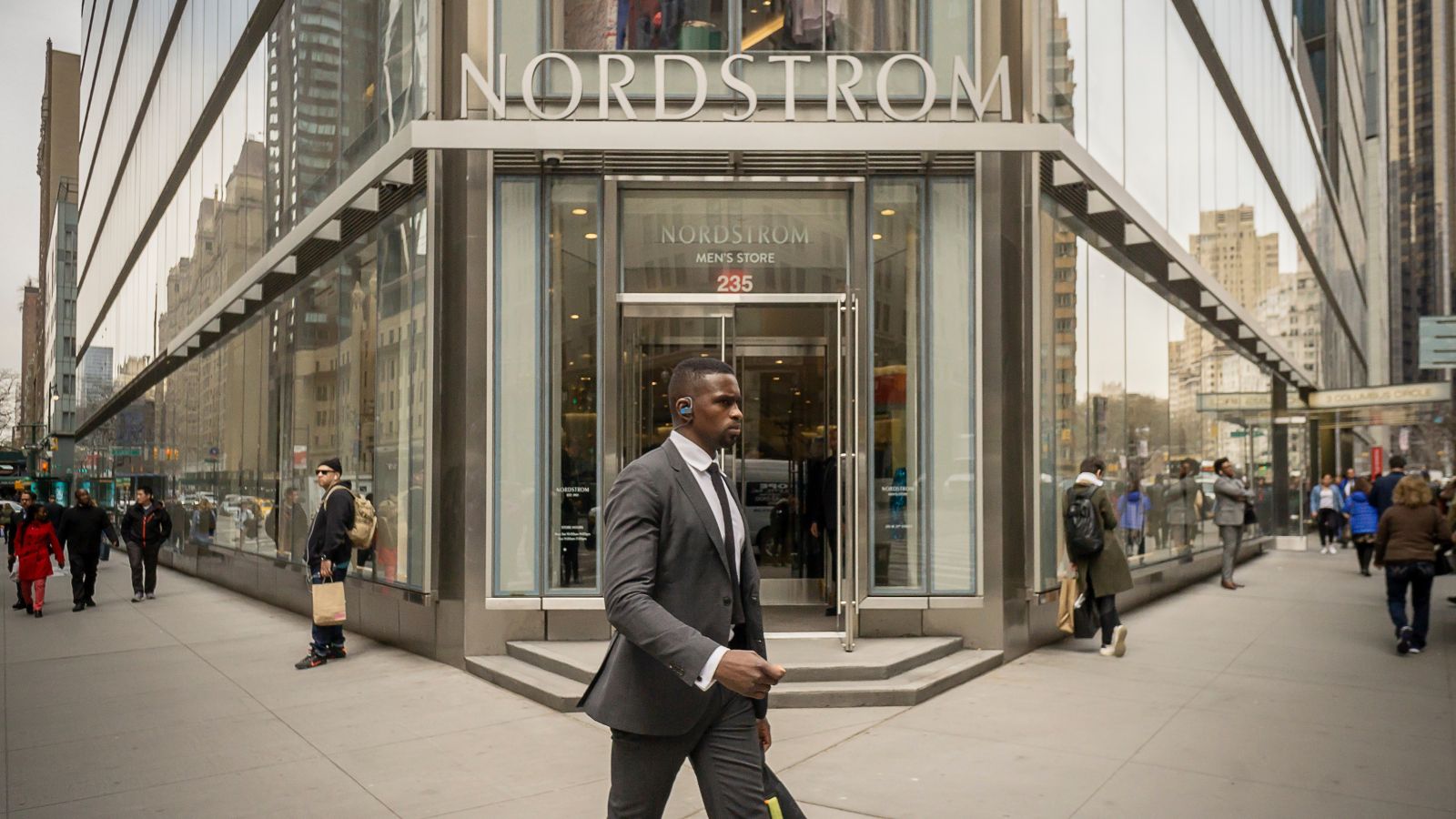
Nordstrom entered the Canadian market in 2014 with high hopes and luxury appeal. It opened gleaming stores in major cities like Toronto and Vancouver, promising upscale service and designer brands. However, a weaker Canadian luxury market, high import costs, and declining mall traffic eroded profits. In 2023, Nordstrom announced its intention to exit Canada entirely, closing all stores and eliminating thousands of jobs. Despite its reputation, the brand couldn’t overcome the logistical and cultural hurdles of expanding north of the border. Its departure reaffirmed how difficult Canada’s retail environment can be for global players.
Sears Canada
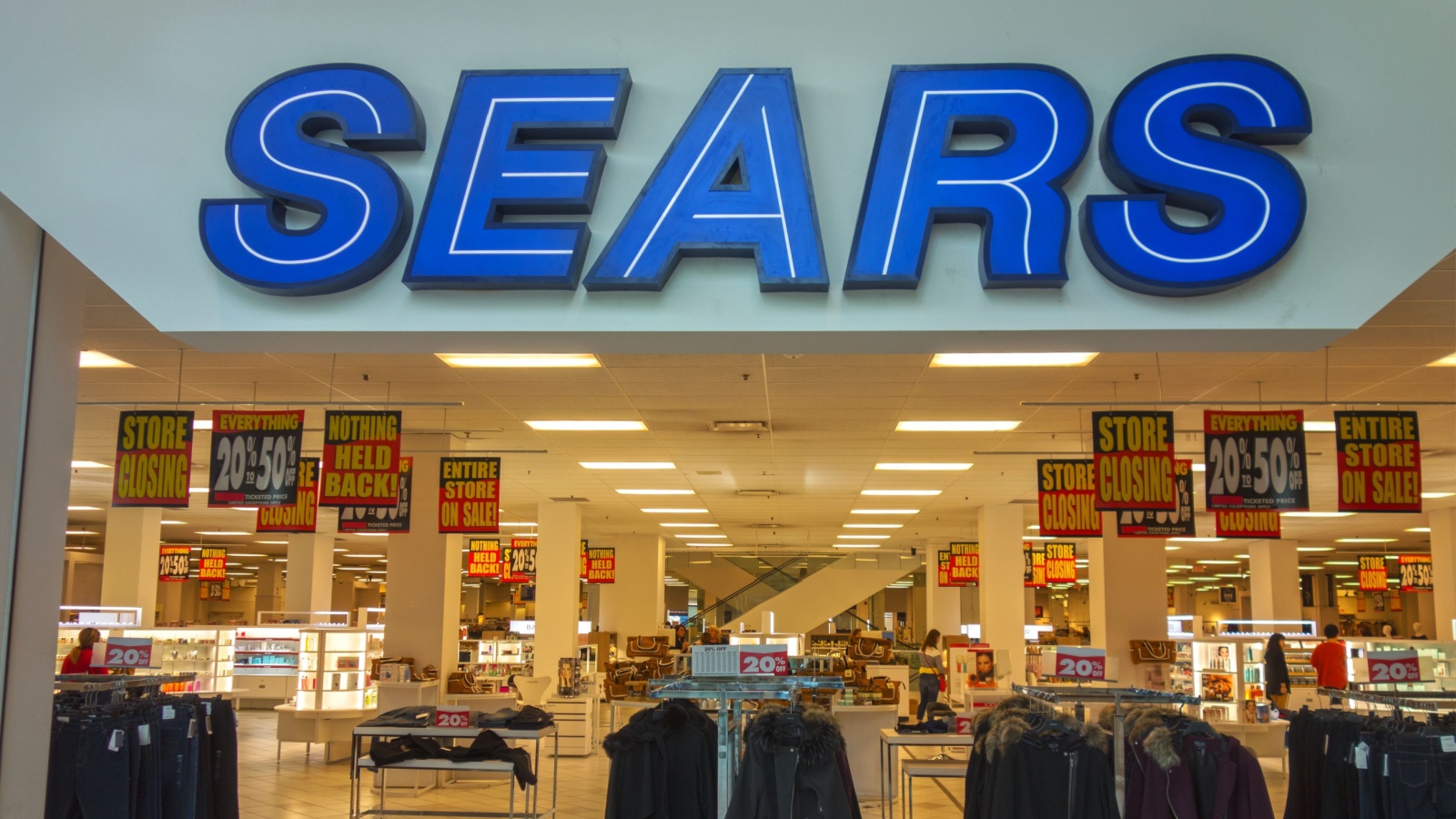
Sears was once a fixture in every major Canadian mall. Founded in 1952, it combined catalogue sales with massive department stores that catered to middle-class families. However, years of declining sales, poor reinvestment, and digital neglect took their toll. In 2017, Sears Canada filed for creditor protection, and by 2018, all remaining stores shut down. The closure displaced over 12,000 employees and symbolized the downfall of the traditional department store era. Once synonymous with quality and trust, Sears became another cautionary tale in Canada’s retail decline.
Towers Department Stores

Towers began in 1960 and grew to about 50 locations across Ontario and Quebec. It positioned itself as a budget-friendly department store for families, selling clothing, appliances, and seasonal goods. However, competition from bigger discount retailers weakened its base. In 1991, Hudson’s Bay acquired the chain and merged it into Zellers, ending the Towers name. Its disappearance reflected the rapid consolidation of Canadian retail during the 1990s, as once-familiar mid-tier chains were absorbed by larger players trying to stay relevant in a crowded marketplace.
Future Shop
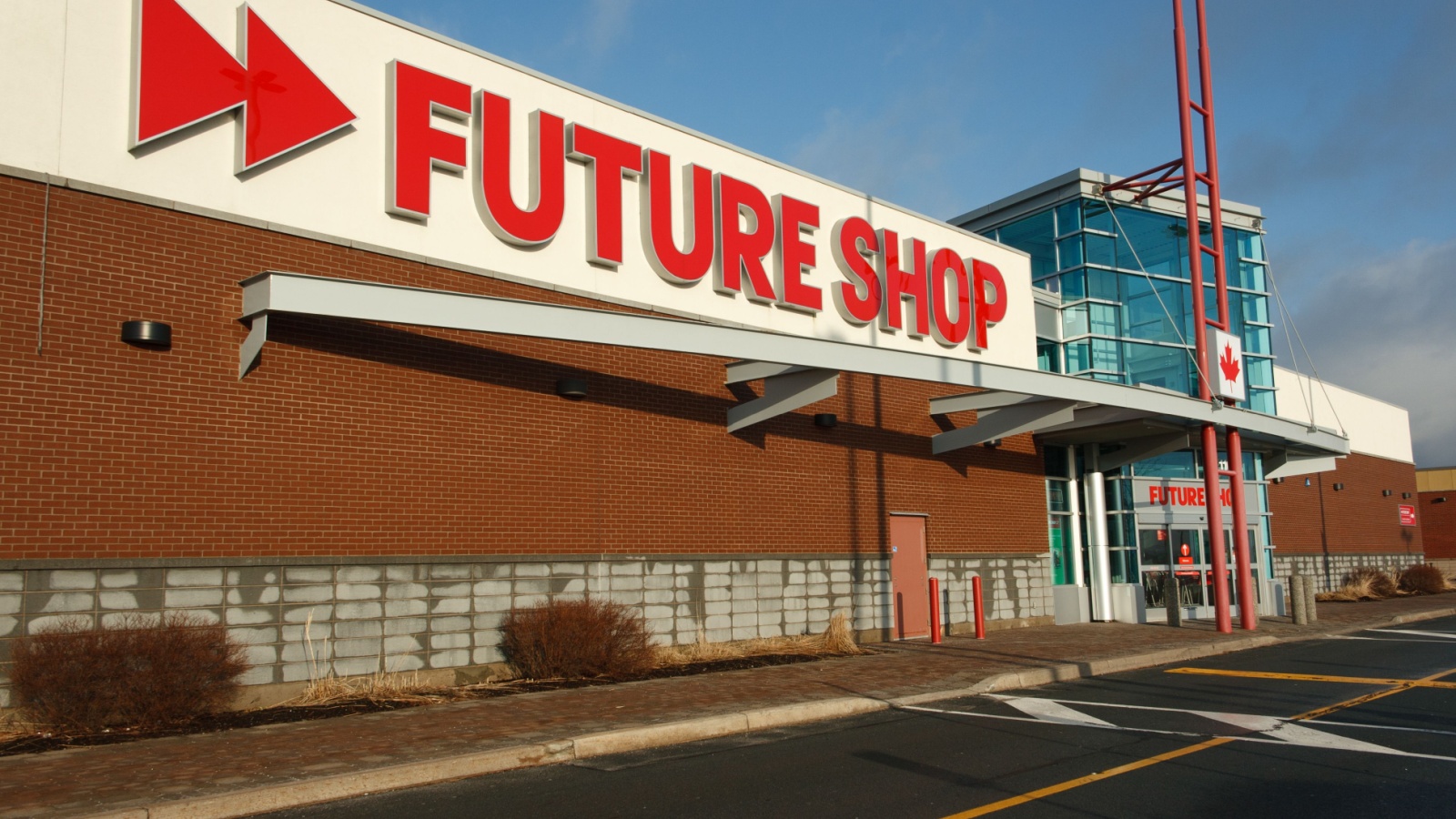
Founded in 1982, Future Shop became Canada’s go-to destination for electronics, gaming, and gadgets. It was acquired by Best Buy in 2001 but retained its branding for over a decade. By 2015, Best Buy shut down or converted all 131 Future Shop locations, citing market redundancy. For tech-savvy Canadians, it was a surprising end to a once-beloved brand. Future Shop’s closure demonstrated how even successful companies can vanish when corporate strategies prioritize consolidation over customer nostalgia and local market identity.
RadioShack Canada (The Source)
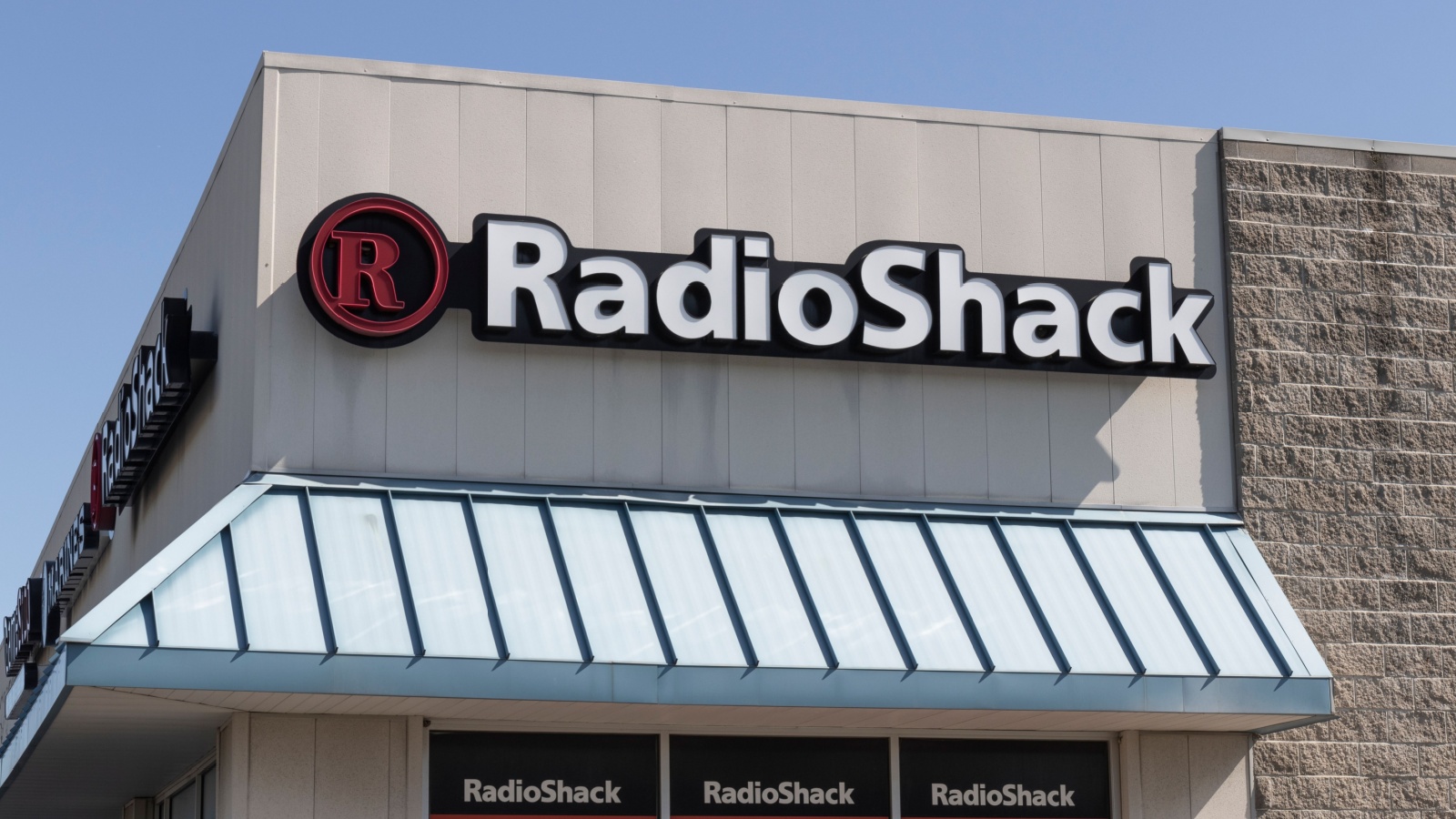
RadioShack first opened in Canada in 1961 under InterTAN Inc., focusing on small electronics and accessories. After Circuit City’s acquisition and rebranding to The Source in 2004, the stores continued under BCE’s ownership. Yet as smartphones replaced gadgets and online tech retail surged, the chain struggled to stay relevant. In 2024, BCE closed about a third of The Source locations, effectively ending RadioShack’s Canadian lineage. The chain’s disappearance reflected how technological shifts can wipe out entire retail segments once considered essential for consumers.
BiWay Stores
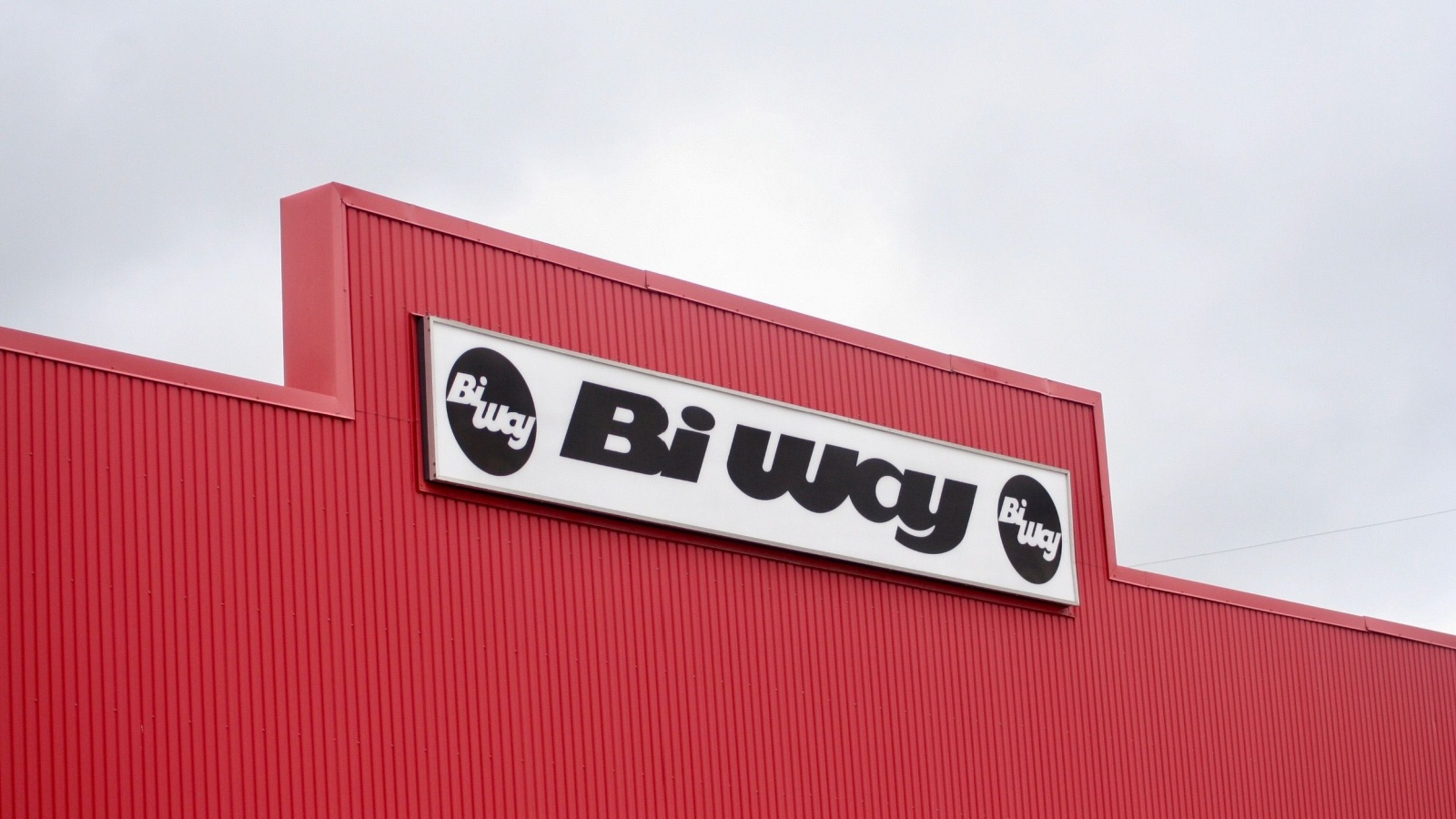
BiWay began in 1965 as a discount retailer offering low-priced clothing, household goods, and accessories. It quickly became a familiar presence across Canadian strip malls. However, growing competition from dollar stores and multinational discounters cut deep into profits. In 2001, BiWay filed for bankruptcy, closing hundreds of locations. Attempts to revive it decades later never gained traction. For many Canadians, BiWay was more than a store; it was a piece of local retail culture that offered affordability without pretense. Its closure marked the end of an entire shopping era.
21 Products Canadians Should Stockpile Before Tariffs Hit

If trade tensions escalate between Canada and the U.S., everyday essentials can suddenly disappear or skyrocket in price. Products like pantry basics and tech must-haves that depend on are deeply tied to cross-border supply chains and are likely to face various kinds of disruptions
21 Products Canadians Should Stockpile Before Tariffs Hit
